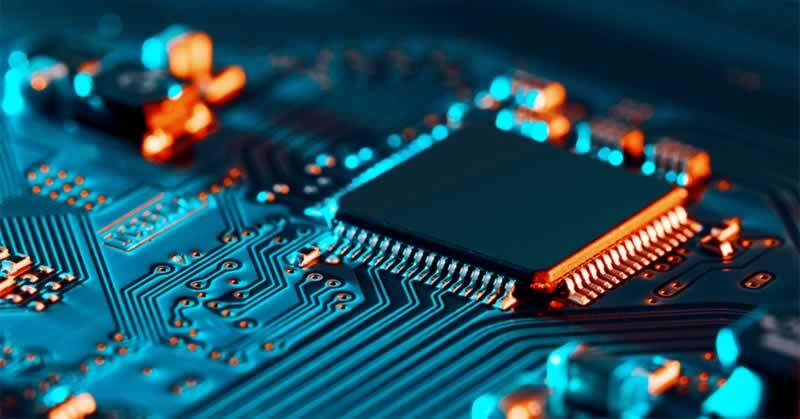PCB emissions have always been a significant concern in the electronics industry, especially for high-frequency and microwave circuits. PCB emissions can interfere with the normal operation of equipment and may also have negative effects on human health. Therefore, reducing PCB emissions is crucial.

The following are some methods for reducing PCB emissions:
- Ground Plane: To reduce PCB emissions, the ground plane on the PCB should be as large as possible. The larger the ground plane, the smaller the emissions.
- Power Layout: The position of the power layout should be carefully considered in PCB design. In general, the power layout should be as close to the ground plane as possible.
- Routing: The routing on the PCB should be as short as possible to minimize its impact on emissions.
- Separating Signal and Power Layers: Separating the signal and power layers can reduce emissions. After separating the signal and power layers, further reduction can be achieved by placing via holes.
- PCB Materials: Choosing the right PCB material can reduce emissions. Some PCB materials are better than others at reducing emissions. For example, using PCB materials with a low dielectric constant can reduce emissions.
- Grounding: Grounding is crucial for reducing PCB emissions. To effectively reduce emissions, a good grounding connection must be ensured.
Methods for reducing PCB emissions include increasing the ground plane, optimizing power layout, routing, and separating signal and power layers, selecting appropriate PCB materials, and ensuring a good grounding connection. If you need to design a high-performance PCB, keep these methods in mind and adjust as necessary.

